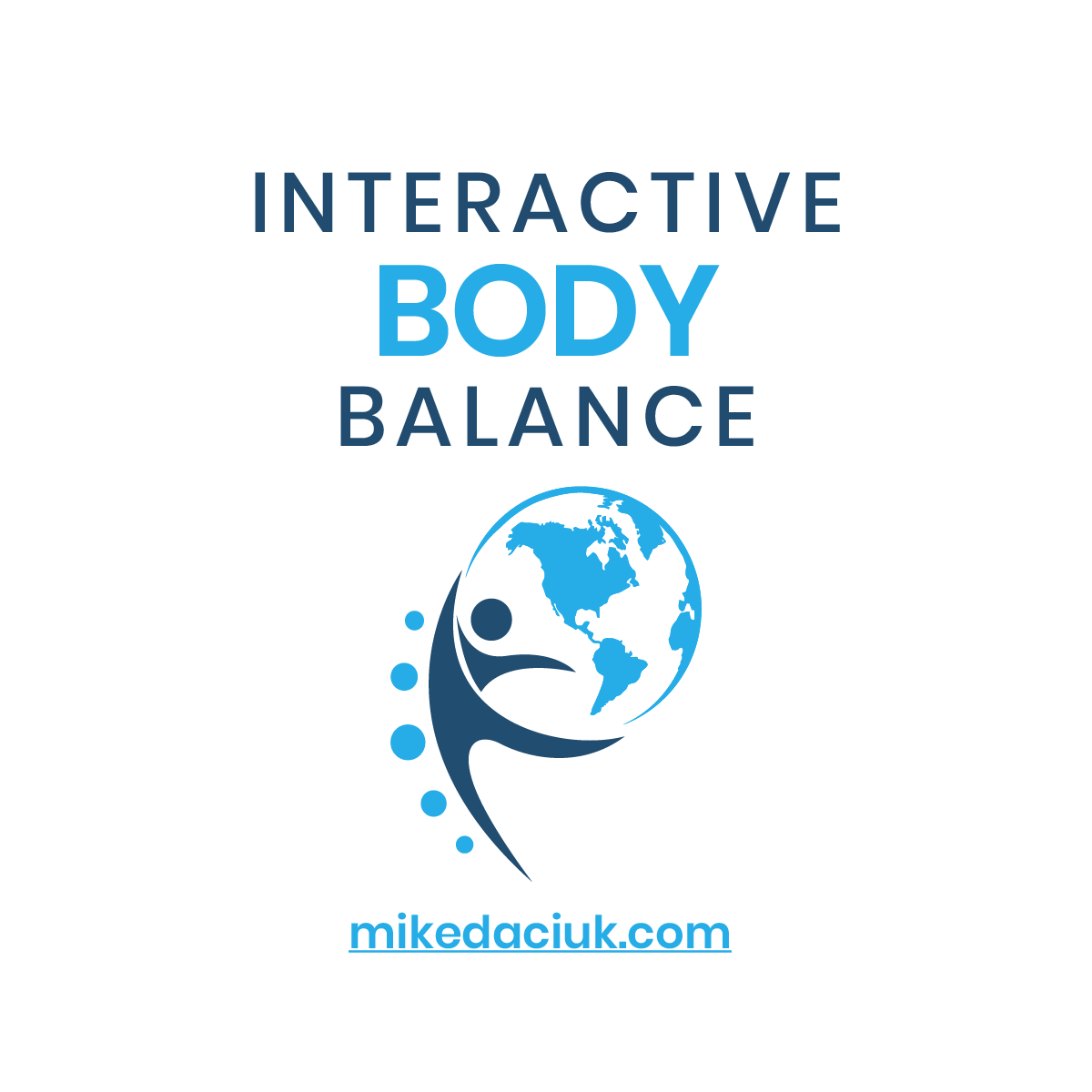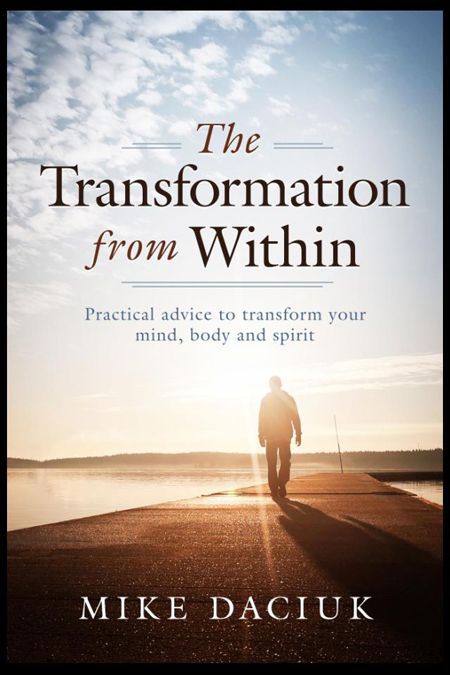Are you afraid of fats? If so, you’re not alone. Fat in foods has been vilified in America for the past few decades, as low-fat and non-fat foods became the norm, and we were told that a low-fat diet would help us get the body we want. In fact, it’s one of the biggestnutrition lies that the public’s been told.
In other parts of the world, fat has always been welcome at the table. In the U.S.? We’re only now realizing the truth: Not all fats are created equally. Our bodies need fat — more specifically, they need healthy fats.
How Did We Get Here?
How did fats get on the naughty list to begin with? Post-World War II, research began emerging that seemed to link foods with saturated fats, like eggs and red meat, to coronary heart disease. By the 1960s, the American Heart Association had recommended that people reduce their fat intake, and in 1976, the U.S. Senate held a series of committee meetings, “Diet Related to Killer Diseases,” on the topic. Subsequent food guidelines advocated for eating less saturated fat and more carbohydrates. The war on fat had begun.
While the guidelines advocated for more carbs in the form of fruits, vegetables and whole grains, what the average American understood was that carbs — any kind of carbs — were good (even refined carbohydrates!) while fat was bad. The food industry pounced: High-carb, low-fat foods became the norm. Grocery store shelves and refrigerators were soon lined with low- and no-fat items that were packed with sugar — because without any natural fat, a lot of favorite foods just didn’t taste good anymore. Not coincidentally, both a sugar addiction as well as an obesity epidemic in America began soon after low-fat diets became the standard recommendation.
The problem? None of the studies actually linked high-fat diets to heart disease. The science just wasn’t there. In fact, numerous studies have since debunked the myth. It’s been proved there is no evidence that dietary saturated fat increases a person’s risk for coronary heart disease or cardiovascular disease.
Additionally, a seven-year study of more than 48,000 women showed that low-fat diets don’t lead to more weight loss or less disease. And yet another study found that, when subjects ate either a Mediterranean diet, low-fat diet or low-carb diet, those following a high-fat, low-carb meal plan not only lost the most weight, but also drastically reduced their bad cholesterol levels.
It turns out our ancestors were right all along: Healthy fats can be good!
The 5 Best Healthy Fats for Your Body
Not all fats are created equal, but the ones below pack a lot of punch. From lowering bad cholesterol and helping shed excess weight to giving you shiny hair and healthy nails, your body will reap the benefits of these healthy fats.
1. Avocados
The benefits of avocados are so numerous that they’re one of the healthiest fruits you can consume. They’re rich in monounsaturated fats, which raise levels of good cholesterol while lowering the bad — talk about a double-whammy. Avocados are also packed with the benefits of vitamin E, which help prevent free radical damage, boosts immunity and acts as an anti-aging nutrient for your skin.
Plus, it’s chock-full of healthy protein; in fact, it has more than any other fruit. For pregnant women, avocado is also one of the great folate foods, as this vitamin can help reduce the risk of birth defects.
Get more avocados in your diet and try one of these avocado recipes. Or use it to cook with by adding avocado oil into your kitchen. It has a mild taste that won’t overpower dishes the way other oils might. Its high smoke point of about 520 degrees means that it’s suitable for grilling or frying. And because it isn’t solid at room temperature, it’s a tasty choice to drizzle on salads, sandwiches or veggies.
2. Butter
We’re all familiar with “butter-like” substances; margarine, I Can’t Believe It’s Not Butter and all those other “vegetable oil spreads” found in stores. But real butter — preferably raw or from grass-fed, organic sources — is what you should reach for.
Another victim of the war on fat, butter’s experiencing a comeback as a healthy fat as the benefits of butter become more widely known. The omega-6 and omega-3 fatty acids found in butter help your brain function properly and improve skin health. More importantly, these two fatty acids are considered essential, meaning the body needs them but can’t produce them on its own; they must be derived from food sources. Butter’s also rich in fat-soluble vitamins and trace minerals, including beneficial selenium, a powerful antioxidant.
Because of its low burning temperature — about 250 degrees Fahrenheit — butter is not great for cooking at high temperatures. To use it at high temperatures safely, butter must be emulsified by melting the butter over low heat until the milk and butterfat separate, and then pouring out the milk solids. Since much of butter’s decadent taste comes from the milk solids, however, the downside of emulsifying is that the taste just isn’t the same.
If you want to save yourself the trouble and still get that buttery flavor, instead use butter in baked goods and spread on fresh-baked bread (including gluten-free varieties) or add a dollop to roasted veggies.
Meanwhile, the Indian version of butter is quickly becoming a favorite across continents. Ghee, or clarified butter, is simmered to bring out butter’s naturally nutty flavor, leaving it with a high smoke point, making it ideal for cooking at high temperatures. Ghee benefitsinclude being loaded in fat-soluble vitamins A, D and E. These types of vitamins are best absorbed by your body when they’re in a fat substance and then stored in your gastrointestinal tract, keeping your metabolism and digestion on track.
Another ghee benefit? It’s lactose- and casein-free. If you suffer from lactose sensitivity or intolerance, ghee is a fantastic alternative to butter. Its high levels of vitamin K2 also helps strengthen bones, while the fatty acids found in it improve digestion and reduce inflammation. No wonder it’s been used for thousands of years!
You can make your own ghee or buy it in stores. When purchasing it commercially, look for organic or grass-fed cultured ghee. This healthy fat remains fresh for several weeks at room temperature. Increase its longevity and keep it spreadable by storing it in the refrigerator.
3. Coconut Oil
One of my favorite oils because of its numerous benefits — did you know you can usecoconut oil on your skin and coconut oil for your hair — the benefits of coconut oil are many. It’s rich in medium-chain fatty acids, which are easy for your body to digest, not readily stored by the body as fat and small in size, allowing them to infuse cells with energy almost immediately.
These fatty acids also improve brain and memory function. Plus, the high amount of natural saturated fats in coconut oil mean that it increases good cholesterol and promotes heart health, while the antioxidants found in coconut oil make it an effectiveanti-inflammatory food and help reduce arthritis.
Adding coconut oil to your diet is easy; I love using it for cooking and baking, or even applying it directly on my skin. Beware that when cooking directly with coconut oil, the flavor can be a bit overpowering for some. If that’s the case, try using less of it. It’s also important to note that, at room temperature, coconut oil is solid, so it’s not the best choice when you need a healthy fat in liquid form, like as a salad dressing.
When choosing a coconut oil, I recommend extra virgin varieties, as refined or processed coconut oils can eliminate many of the health benefits.
4. Extra Virgin Olive Oil
Olive oil benefits are so profound that any diet should include it. First, extra virgin olive oil (EVOO) is great for heart health. In fact, a 2013 study found that when people supplemented a Mediterranean diet with extra virgin olive oil, it reduced the incidence of heart attack or dying of heart disease, probably due to its high levels of monounsaturated fats. The high amount of antioxidants in EVOO means it protects your cells from damage. It also helps improve memory and cognitive function, and works as an anti-inflammatory. Since so much disease stems from chronic inflammation, this is a biggie!
Unfortunately, buying this healthy fat isn’t as easy as just grabbing the first bottle you see. First, note that I recommend only extra virgin varieties of the oil. This means no chemicals are involved when the oil is refined. Unfortunately, many common brands arefake olive oil! A 2011 study by UC Davis found that many top-selling brands failed the standards for extra virgin olive oils; lawsuits against olive oil companies have followed suit.
Some tips for recognizing real EVOO are to beware of any brand that costs less than $10 a liter; look for a seal from the International Olive Oil Council; check the harvesting date on the label; if it’s labeled as “light,” “pure” or a “blend,” it isn’t virgin quality; and finally, opt for dark bottles, as they protect the oil from oxidation.
EVOO isn’t recommended for cooking at high temperatures because of its low smoke point, but it’s terrific for making salad dressings or drizzling over breads or cooked foods.
5. Omega-3s
Why are omega-3 fatty acids considered essential? Because the body isn’t capable of producing them on its own. Therefore, we must rely on omega-3 foods in our diet to supply these extremely beneficial compounds.
There are actually three different types of “omega-3s”: ALA (alpha-linolenic acid), DHA (docosahexaenoic acid) and EPA (eicosapentaenoic acid). The preferred sources of omega-3s are DHA and EPA, the kinds found in seafood sources like nutritious salmon and sardines. ALA, on the other hand, is found in some plant foods, including certain nuts and seeds, as well as high-quality cuts of meat like grass-fed beef.
The human body is able to turn ALA into usable DHA and EPA to some degree, but this isn’t as efficient as getting DHA and EPA directly from food sources that provide it. Even after extensive research, it’s not totally clear how well ALA converts into EPA and DHA or if it has benefits on its own, but health authorities, like those at Harvard Medical School, still consider all sources of omega-3s crucial in the diet.
Historically, we’ve seen that populations that consume the most omega-3 foods, like people in Okinawa, Japan, live longer and healthier lives than people who eat a standard diet low in omega-3s.
The best omega-3 nuts to consume are walnuts while seeds with the most significantomega-3 nutrition include chia seeds and flaxseeds. Many vegetables, especially green leafy ones, are good sources of ALAs. Some of the vegetables highest in omega-3s include Brussels sprouts, kale, spinach and watercress.
Because there is such debate over waters being contaminated with toxins and pollutants like mercury, many people find it hard to get enough omega-3s from eating fish, nuts, seeds and veggies only. This is one reason why some people prefer supplementing withfish oil in addition to eating some omega-3 foods.
The difference between “fish oil” and “cod oil” can be confusing. Fish oil is a great source of omega-3 fatty acids EPA and DHA, but it doesn’t have much vitamin A or D. On the other hand, cod liver oil is lower in omega-3s but very high in vitamins A and D.
What is the ideal kind of fish oil if you want to supplement your diet? I believe that the best form of omega-3 fish oil contains astaxanthin (a powerful antioxidant that also helps stabilize fish oil), so my preferred choice is fish oil made from wild-caught pacific salmon, which has high levels of DHA/EPA and astaxanthin.
So, when it comes to getting enough omega-3s into your diet, I recommend eating plenty of omega-3 foods and also supplementing in most cases. Through a combination of both, my advice is to make sure you’re getting at least 1,000 milligrams a day of EPA/DHA and about 4,000 milligrams of total omega-3s (ALA/EPA/DHA combined).



